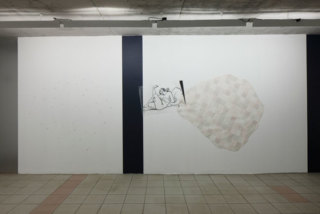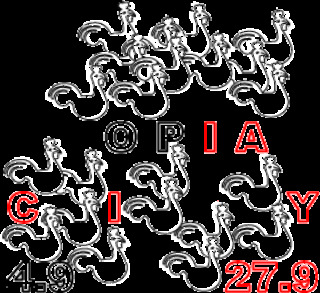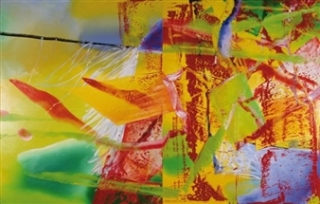Eccentric Paths II: Contemporary Art From Central Europe

The Exhibition Hall ARSENALS of the LMNA, Riga, Riga, 06/10/2009 - 08/02/2009
1 Torna Street
This is an exhibition of art featuring the work of 13 artists from six Central European countries – Austria, the Czech Republic, Poland, Slovakia, Slovenia and Hungary – 36 artworks in all. These artists are known at the European and international level, they are seen as authorities in the world of contemporary art, and they are often seen as examples of modern culture in their countries. It is a coincidence that the “Eccentric Paths II” exhibition at the Arsenals Exhibition Hall of the Latvian National Museum of Art is coinciding with the Venice Art Biennale, which offers a logical context for this exhibition. People who have no plans to travel to Venice this year are welcome to visit Arsenals so as to learn about the thinking, ideas, moods and aesthetics of contemporary art, as fully represented in the artistic mood which governs Venice at this time. Slovenian artist Miha Štrukelj presents delicate and elegant drawings at Arsenals, and he is also representing his country in Venice this year. Erik Binder from Slovakia is the author of an installation about how the inner world of the individual links to the external world. His work appeared in Venice in 2003. There is another coincidence – the largest exhibition at the Venice Art Biennale is called “Arsenale.” The curator for “Eccentric Paths II” is Sàrolta Schredl, an Austrian who has managed a great many international projects. A similar exhibition under the same title was presented in Lisbon in 2007 as part of the Central European Cultural Platform, which was established in 2001 with the aim of facilitating co-operation in the widest possible range of artistic and cultural projects. Those projects which are implemented under the auspices of the Cultural Platform are usually exhibited in the capital city of the European Union’s presiding country. Thanks, however, to an initiative from the Austrian ambassador to Latvia, Hermine Poppeller, the exhibition has also been brought to Riga. Twenty years have passed since the fall of the Iron Curtain, and five have passed since countries which restored their independence in the wake of that event joined the EU. This Central European exhibition is important, therefore, beyond the ability to take a look at what contemporary artists are doing in the relevant region. The events of the past may present something of an invisible background to the exhibition, which features expressive works of contemporary art that are focused more on the global and the universal, as opposed to the specifically national. The art selected for the exhibition leads the viewer along various thematic “paths,” starting with general issues found in the globalised world (alienation, the presence of famous people in the media space, the injustice of capitalism vis-à-vis Third World countries), and ending with each person’s search for a personal identity and with a direct confrontation with artistically effective forms. The “paths” presented by artists who are represented in the exhibition lead us close to the “great highways” of social, political and economic factors, showing that contemporary art is a fully valid reflector of the surrounding world. The exhibition will be opened on June 10, 2009, and the opening ceremony will feature a performance by an accordion player from the Austrian jazz and ethnic chamber music ensemble Dobrek Bistro.
For More Information

